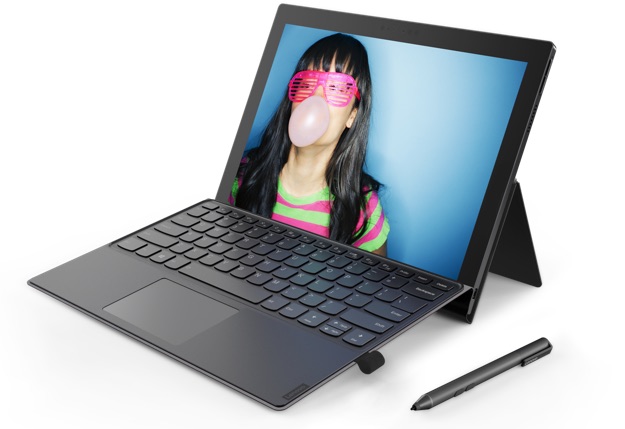Snapdragon 845 Always Connected Windows 10 PCs Are Incoming With Huge Performance Gains

If you are planning to purchase a newfangled always-connected Windows 10 laptop with Qualcomm Snapdragon hardware inside, you might want to wait for the new crop to arrive, which will deliver improved performance over the introductory models. How much of a performance gain remains to be seen, though leaked benchmarks suggest that upcoming Windows 10 PCs powered by a Snapdragon 845 system-on-chip (SoC) will be significantly faster than current models running a Snapdragon 835 chip.
As it stands, there are not a lot of models to choose from just yet in the ARM + Windows 10 arena. Users who are interested in one can choose between the Asus NovaGo and HP Envy x2, with Lenovo getting ready to ship its Miix 630. More will arrive, inevitably, but for the moment it's slim pickings. However, picking one up could be met with buyer's remorse when the new crop shows up, based on these benchmarks that recently popped up in Geekbench's database:

The database entry indicates this test system is running a Snapdragon 845 SoC on a Windows 10 Home 32-bit platform. It scores 1,352 in Geekbench's single-core benchmark, and 4,280 in the multi-core benchmark. Those numbers compare favorably to Windows 10 laptops based on Qualcomm's Snapdragon 835 SoC. How favorably? Here's a look at an entry for the aforementioned Asus NovaGo:

Looking at that particular entry, the NovaGo is nearly 39 percent slower in single-core performance, and around 24 percent slower in multi-core performance. Those are sizable gaps, assuming the leaked benchmark of a Snapdragon 845 PC running in Windows 10 holds true when the final hardware arrives. We don't know if that will be the case, though it's conceivable that performance could be even faster than represented as drivers mature between now and whenever they come out.
Of course, this is just a single benchmark so we have to be careful not to get carried away. Still, it at least shows the potential for the second generation of ARM + Windows 10 PCs. It's especially exciting if Qualcomm, Microsoft, and their hardware partners can maintain the kind of exceptional battery life that is the primary draw of these types of machines.

